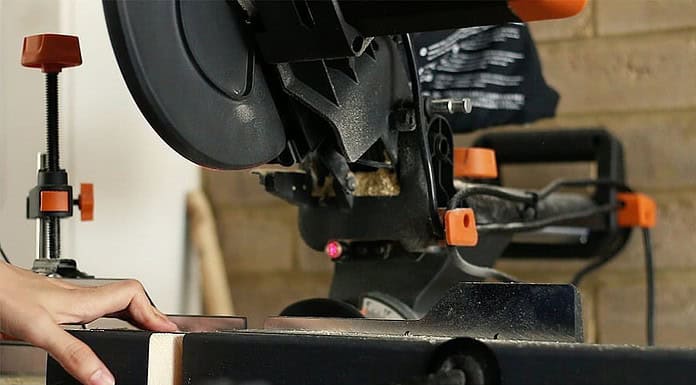Although most people think woodworking it’s mostly manual labor, several technological advances keep improving this industry. If you’re looking for ways to work smarter, not harder, you can use new technology developments for better woodworking.
Every modern woodworker desires a set of tools that allow them to work quickly and more productively.
Below are some new tech tools that can help you achieve that.
Tenoner
Tenoners are machines that cast projections (called tenons) on wooden pieces using saw blades or cutter heads. You’ll often find resources and additional information about tenoners on sites like SawsHub, so you can use them to trim corners of workpieces accurately. Tenoners also use automatic device changers to minimize setup times.
You can use small-diameter tools with variable-speed router spindles to cut materials precisely.
There are also tenoners equipped with tool change magazines for added flexibility. Suchtenoners may feature a graphical user interface, diagnostics, and a computer front-end with memory.
Tenoners that use specific applications are also available. Generally, these devices are designed for flexible or high-volume production depending on your needs. They also contain out-feed and in-feed systems that reduce production time.
Spindle Moulder
Spindle molders trim and shape wood. They also increase precision to reduce setup time and have a revolving spindle that rotates at different speeds. These machines are also compatible with drill bits of different shapes and sizes which you can use to drill into a glass.
They also come with shaw guards that prevent injuries. You can also use a ring-fence to increase ease of use and safety if you plan to work on curved designs. However, if you want to perform standard work, you’ll need to use a fixed fence.
CNC Router
Also known as computer numerical control routers, these machines perform different woodworking operations such as slicing several wood pieces and then cutting them into decorative carving using your computer’s interface.
Desktop CNC routers allow you to bolt different parts of wood together within a short period, as well as loading a CAD program into your computer before working on some CNC woodworking. CAD is a software program that allows you to design what you intend to cut.
Today’s CNC routers cut small parts such as door panels. They also mill a rough piece of wood into a smooth texture and vice versa. Moreover, they can design relief carvings and signs. Desktop CNC routers have several applications and are easy to use.
SawStop
This smart tool provides table saw safety as it has a 5-millisecond safety response. This tool stops the blade whenever it comes close to contact with your fingers to prevent severe injuries. Additionally, the blade has a small electrical signal that detects contact with your skin.
The signal changes when your fingers are near the blade because your body is conductive. That is what activates the safety system. Sawstop saws also have an aluminum brake that springs into the rotating blade to stop it immediately.
The blade’s angular force drives it below the table to remove the risk of contact. When this happens, the power to the motor is usually shut off, keeping you safe.
Edgebander
Edgebanders are available in different sizes and shapes. Some are controlled electronically and have glue pots while others are equipped with hot-air mechanisms that activate pre-glued edgebanding. These tools repair and renovate glue pots on edgebanders.
They also allow you to increase efficiency and productivity while working on your projects. They glue sheet materials automatically with the edging using PUR or EVA glue. However, PUR is an ideal option since its resistance to heat and water.
Conclusion
Your woodworking projects may not require some of the above tools. However, there are new technologies that can meet your needs and enhance your woodworking productivity. Don’t worry, these tools are easy to use and require low-maintenance.







